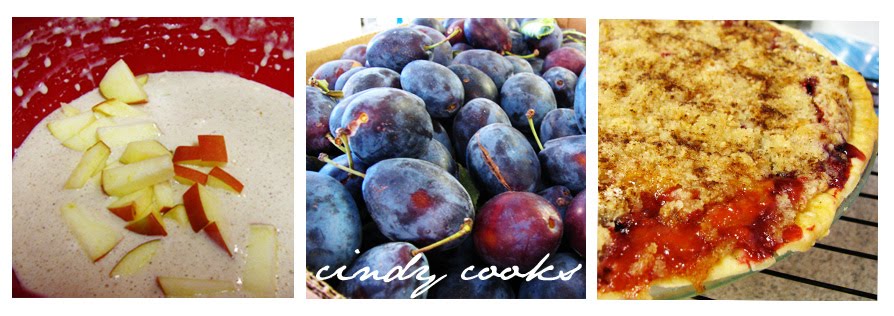Source: Adapted from the Southern Living cookbook (Lemon-Lime Risotto)
Prep time: About 45 minutes of fairly dedicated cooking (come on, it's risotto!)
I've read so many accounts of people first trying risotto and having an essentially transcendent experience. It changes their lives, they remember that moment with perfect clarity, yaddah yaddah. I've made risotto a few times in the past, using different recipes, and honestly, every time Mahon and I were extremely underwhelmed. It wasn't bad, but it was kind of... blah. Bland. Far from transcendent.
Most risotto recipes call for a cup of white wine early in the cooking process. Well, although cooking with alcohol is not usually regarded as being against the Mormon word of wisdom (health and living code), white wine is obviously not something we typically have on hand—and since I typically have a fairly strict policy of not buying ingredients that are only called for in one or two recipes, I've never bought any. (Plus, I'm pretty sure it would make my husband uncomfortable! ;) ) However, I long suspected that the lack of wine was what made my risotto so underwhelming. I'd tried substitutes, like apple juice and more chicken stock, but neither added the twist of flavor that I felt like risotto needed.
Enter this Southern Living recipe, slightly adapted by me (it didn't call for garlic, which seemed sinful!). I've nicknamed it my "Mormon" risotto, because instead of white wine, it uses a dash of lemon juice and a dash of lime juice to add flavor. And guys? This was our transcendent risotto experience. It was even worth half an hour determinedly stirring at a hot stove while my 11-month-old whined at my feet.
6 cups chicken broth (I used my homemade stock; I would definitely recommend using real stock or broth for this recipe since that's where most of the flavor and richness comes from)
The zest and juice of one lemon OR 1 1/2 T bottled lemon juice
The zest and juice of one lime OR 1 1/2 T bottled lime juice
1 large onion, chopped
3-4 cloves garlic, minced
1/2 t sea salt
2 T EVOO for sautéeing
2 cups uncooked Arborio rice
2 tablespoons butter
1/2 cup fresh-grated Parmesan cheese
Bring broth, zest, and lemon/lime juices to a boil in a medium saucepan. In a large saucepan or large skillet with tall sides, heat oil over medium heat. Add onions and salt and sautée about five minutes, until onions are softening and beginning to be translucent and sweet-smelling. Add garlic and continue to sautée for another two or three minutes, until garlic is just barely beginning to brown and is very aromatic. Add Arborio rice and cook, stirring constantly, for about two minutes, until the rice is turning translucent and looking plumper. Add about 1/2 cup (I used a ladle and just did one ladleful at a time) of the hot stock/juice mixture and stir until all the liquid is absorbed. Continue to add liquid 1/2 cup at a time, stirring until it's absorbed. The first two or three ladlefuls absorb/evaporate very quickly; as the cooking time goes on it will take longer and longer to absorb. I also found that after the first ten or so minutes of near-constant stirring, it was okay for me to leave the risotto without stirring for a minute or two while I did other things around the kitchen as long as I was still stirring very frequently. The frequent stirring is what releases the starches in the Arborio rice to create a delectably creamy sauce—you'll find it hard to believe that there's no milk or cream in it!
When all the liquid has been added and the rice is "al dente" and plump, remove from heat and stir in butter and Parmesan cheese. Serve immediately, garnished with more Parmesan and veggies if desired.
